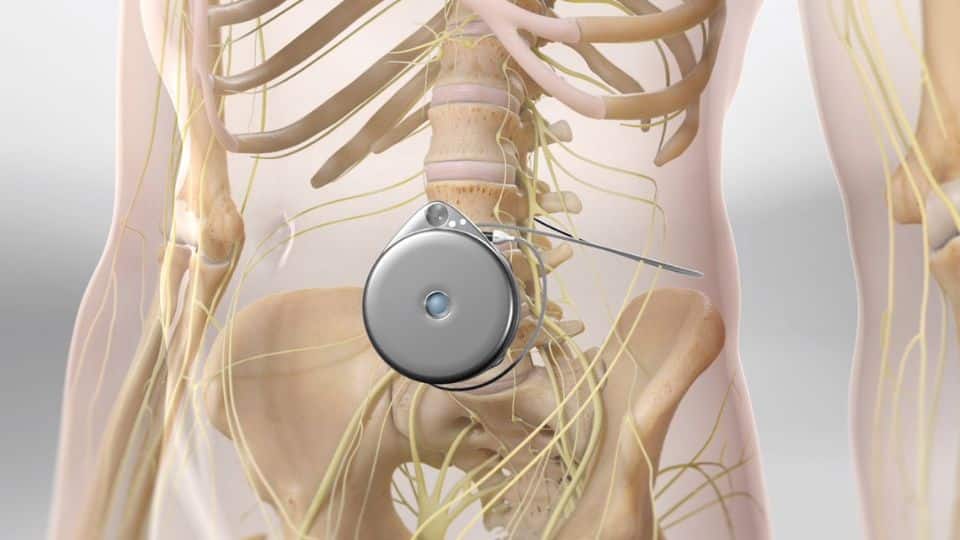Intrathecal Baclofen Pump Chicago, IL
Home » Our Services and Treatments » Intrathecal Baclofen Pump
Intrathecal Baclofen Pump
ITB is indicated to treat spasticity that is severe or moderately severe in most of the body (arms and legs, and often the trunk), which cannot be adequately treated with oral medications and Botox. There is no age limitation to ITB, although most people treated with it are at least four years of age.

Screening
Patients undergo a screening test in order to determine if they are appropriate candidates for an intrathecal baclofen pump. Prior to the screening test, the patient is evaluated by a physical therapist to obtain baseline scores (measurements) of the muscle tone. After the evaluation, they are given an injection of baclofen into the spinal fluid. The patient is then evaluated for 4-8 hours to determine if there has been a significant reduction in their tone. If a significant change has been noticed, implantation of the pump is scheduled.
Surgery
The procedure for insertion of an intrathecal baclofen pump lasts 1-1.5 hours. The pump is usually placed in the abdominal wall underneath the skin while the patient is under a general anesthetic. A small catheter is inserted through a needle into the spinal fluid and is threaded upward toward the neck. The catheter is tunneled under the skin to the abdomen and is connected to the pump. The pump is filled with the drug baclofen and is programmed by a computer to continuously release a specified dose that is determined by the physician.
Expectations (in hospital and immediately following) Patients are usually kept at bedrest for 2-3 days after pump insertion. During that time, their baclofen dose is increased every day as needed. Usually by the fourth or fifth day, spasticity is distinctly better. Patients are often discharged 4-6 days postoperatively.
Follow-up
The pump needs to be refilled every two to six months, depending on the pump size, concentration and dose. Refills are done in the office (or occasionally by visiting nurses) using a syringe and needle and take approximately fifteen minutes to complete. At that time, baclofen doses are adjusted depending on the effects that are being seen. Doses typically increase slowly during the first year, then remain at that level for years thereafter. The battery in the pump lasts seven to eight years at which time the pump needs to be replaced. Baclofen has been used for more than fifteen years with no long-term complications being reports.
Myths/Facts
MYTH: A test dose of baclofen into the spinal fluid is a good test of how a person’s spasticity would be changed if a baclofen pump were inserted.
FACT: The test dose is given to answer one question: does it relieve spasticity. The test dose often produces more relaxation than would be desired day after day.
MYTH: A baclofen pump improves spasticity in the legs but not in the arms.
FACT: The amount of spasticity reduction in the arms depends on where the catheter is positioned in the spinal fluid. “When baclofen was first given, catheters were placed low (T10-12) and improved mainly the legs; now, catheters are positioned higher (e.g., T 1-2) and arm spasticity is improved much more.
For furhter information contact us.
